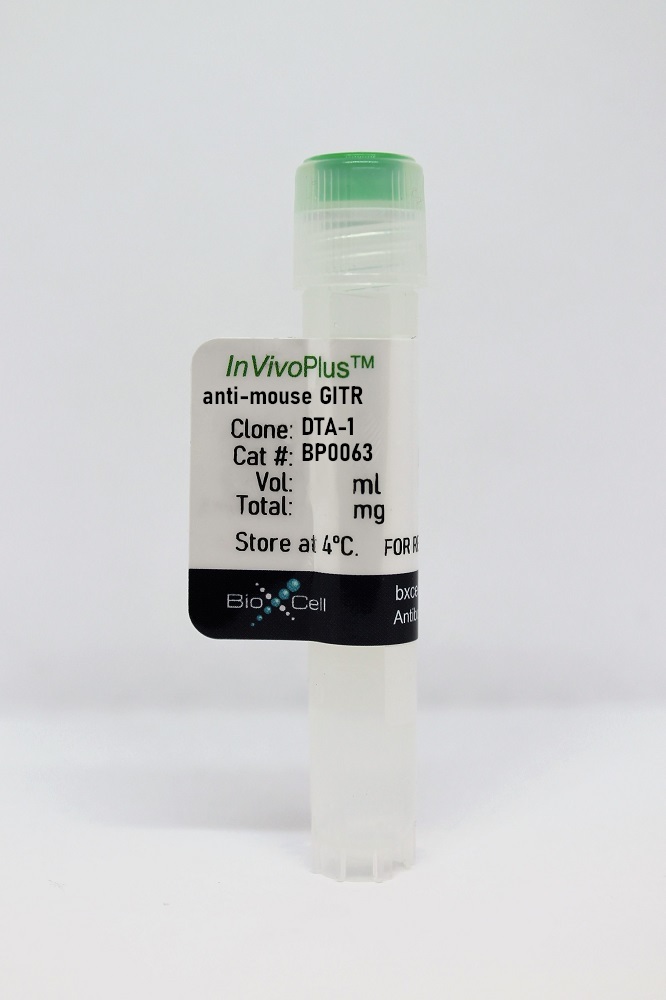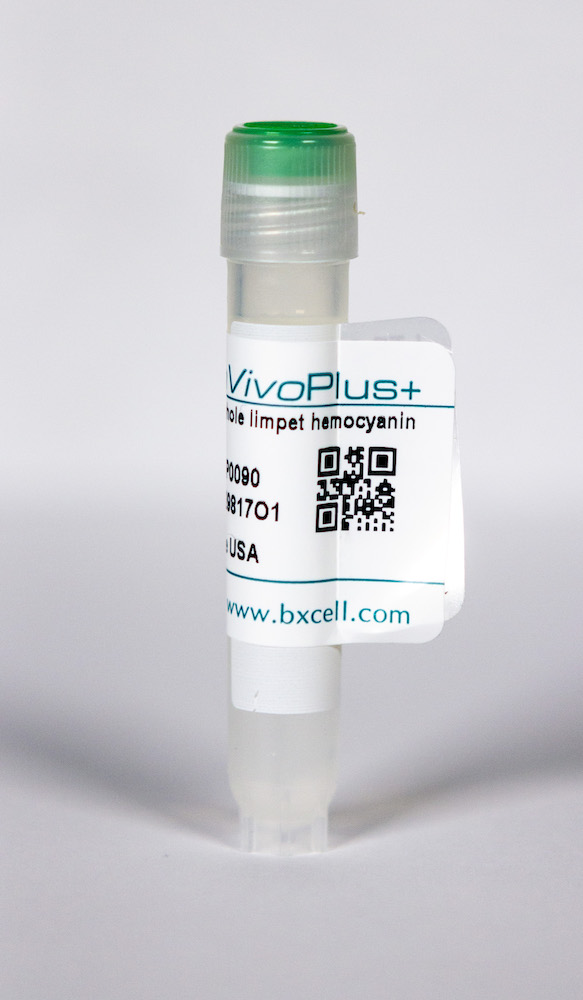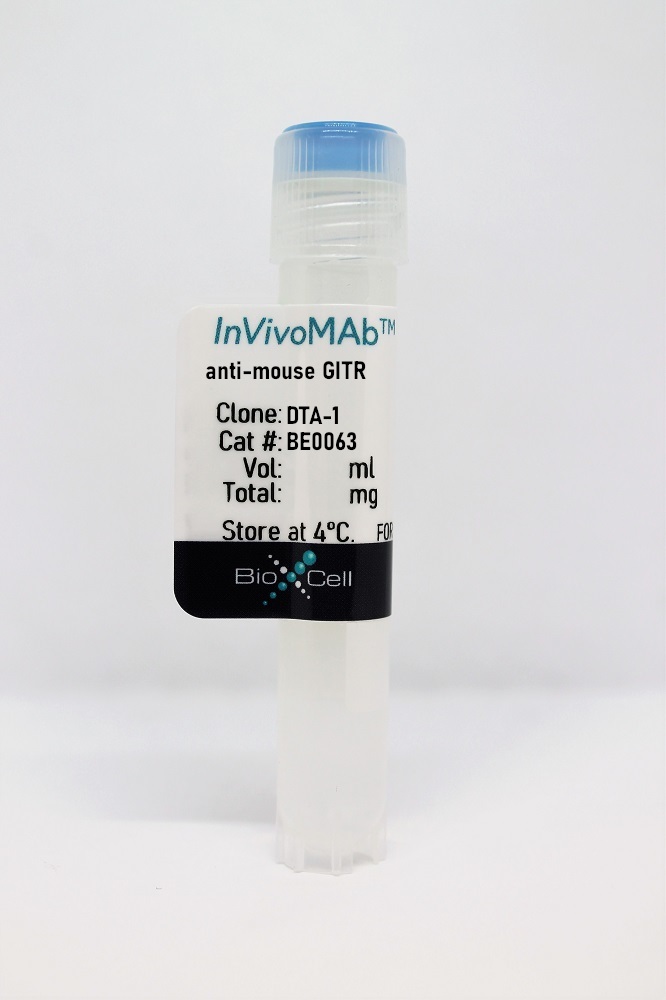
InVivoPlus anti-mouse GITR
BP0063
Overview
- SupplierBio X Cell
- Product NameInVivoPlus anti-mouse GITR
- Delivery Days Customer7
- ApplicationsOther Application
- CertificationResearch Use Only
- ClonalityMonoclonal
- Clone IDDTA-1
- Concentration4-11 mg/ml
- HostRat
- IsotypeIgG2b
- ReactivityMouse
- Storage Instruction2°C to 8°C
- UNSPSC12352203
References
- Influenza-Activated ILC1s Contribute to Antiviral Immunity Partially Influenced by Differential GITR Expression. Vashist N et al., 2018, Front ImmunolRead more
- Unique potential of 4-1BB agonist antibody to promote durable regression of HPV+ tumors when combined with an E6/E7 peptide vaccine. Bartkowiak T et al., 2015 Sep 22, Proc Natl Acad Sci U S ARead more
- Combined PD-1 blockade and GITR triggering induce a potent antitumor immunity in murine cancer models and synergizes with chemotherapeutic drugs. Lu L et al., 2014 Feb 7, J Transl MedRead more
- Activating Fc gamma receptors contribute to the antitumor activities of immunoregulatory receptor-targeting antibodies. Bulliard Y et al., 2013 Aug 26, J Exp MedRead more
- Stimulation of the glucocorticoid-induced TNF receptor family-related receptor on CD8 T cells induces protective and high-avidity T cell responses to tumor-specific antigens. Cote AL et al., 2011 Jan 1, J ImmunolRead more
- Regulatory T cell suppressive potency dictates the balance between bacterial proliferation and clearance during persistent Salmonella infection. Johanns TM et al., 2010 Aug 12, PLoS PathogRead more



